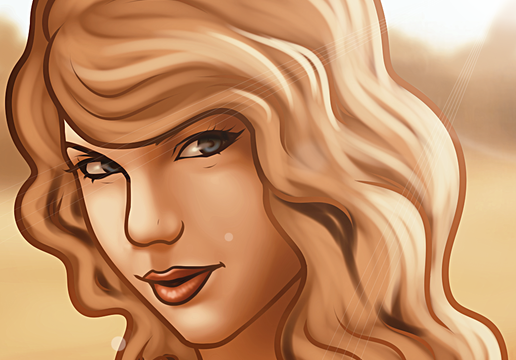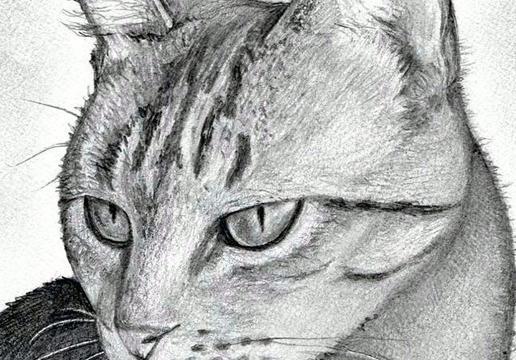How to Draw Realistic Pegasus
1
Start off by picking your supplies. I used charcoal and carbon pencil for this drawing but you can also use graphite whilst following the same procedure. I used carbon pencil for sketching/rough shading, B "Euro Blend" charcoal for detailed lines and
2
Start off with a light/basic sketch. I used HB graphite for my sketch to make it look better when scanned. Just about any pencil can be used for sketching as long as you sketch lightly. Start of by breaking the drawing down into basic guidelines. I a
3
Here's the finished sketch. Make sure to erase all of your guidelines and go over your final lines some more. You can see the texture of my paper in this step. I used some Strathmore laid finish charcoal paper. Mixed media and drawing paper can also
4
Start making your lines bold and defining your sketch a bit more. I used carbon pencil for this step. The great thing about using carbon pencil it that it is always dark; you don't have to add too much pressure when drawing and can therefore easily e
5
Sketch in the wings and clouds. I used swan wings as reference for Pegasus's wings although hawk and eagle wings would have also worked. Erase any unneeded lines before moving on from this step.
6
Add a fairly smooth layer of shading over the drawing. I did this by rubbing a thick layer of carbon pencil into some scrap paper then rubbing a piece of paper towel into the carbon. Rubbing the paper towel over the drawing then gave me this fairly e
7
Use an eraser to add rough highlights to your drawing starting with the horse and the foreground clouds. Don't worry about making your highlights perfect; the goal here is to make your drawing a bit more complex and bring it closer to its ultimate fo
8
Add rough highlights to the wings and background. Kneaded erasers work for this but if you have a sharpenable eraser, use it!
11
Add some rough shading to the sky in the background. I used dark clouds in the background to make the foreground pop out a bit more.
12
Use white charcoal to shade in the sky portions of the background then use a blending stump to blend over the sky and clouds until they are fairly smooth. You may need several layers of shading and smoothing to make your background look just right. Y
13
Use white charcoal to draw in Pegasus's mane. Remember to follow the glow of the hair to make it look more natural.
14
Use white charcoal to add some smoother shading the head and body. use carbon pencil on the darker shading. You can use a blending stump or brush to smooth out your shading a bit.
15
Start smoothing out the shading on the wings with white charcoal. Add as much detail as you see fit to the feathers.
16
Once you've finished the wings, go back to the top of the drawing and start adding finishing details. I started using my B charcoal pencils here to get darker, smoother shading.
17
Start adding finishing touches to Pegasus's head and body. smooth out the mane then add some light lines with a sharp B charcoal pencil or your pencil of choice.
Comments 0
Details
February 2, 2018
Description: Hey everyone, here's a fun tutorial on how to draw Pegasus, the winged horse from Greek legend. I had lots of fun drawing this and I hope you all enjoy it as well!










































